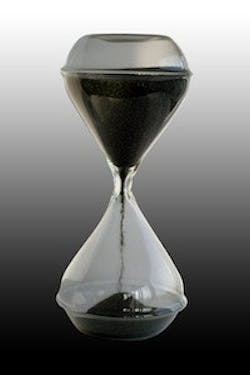Study Shows How Frequently Water Utilities Change Meter Reading Systems
In a recent sponsored study, industry expert Howard Scott, PhD, worked to identify how long a water utility typically uses its automatic meter reading (AMR) or advanced metering infrastructure (AMI) system before changing to a new one. This research showed water utilities change their meter reading systems at an average age of 8.2 years; far more frequently than the commonly referred to 20-year life expectancy for the meters themselves.
Thirty years of data collected to produce The Scott Report provided the foundation for the new analysis. Since the first utility AMR deployment in the mid-1980s, The Scott Report has recorded approximately 11,000 projects involving 58.8 million water AMR/AMI units.
“Many utilities and industry participants may believe in a 20-year rule of thumb,” Scott said, “however my analysis shows water utilities actually change AMR/AMI systems after a much shorter amount of time.”
Meter reading communications technology and analytics systems have and continue to evolve rapidly. Whether upgrading to a new system from an existing supplier or changing providers altogether, it makes sense that water utilities have been changing their system to keep up-to-date with advancing technology as well as operational and customer needs.
“These findings highlight the factors water utilities should consider and why it is important to plan for the true expected life of a new meter reading system,” notes John Fillinger, director of utility marketing for Badger Meter. “This will make a big difference in the financial evaluation involved with choosing a new system. Also, utilities should work with a partner that helps them evaluate and plan for the upgrade we now know they’ll almost certainly need to make around year ten.”
Source: Badger Meter
